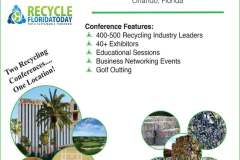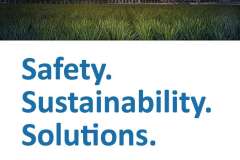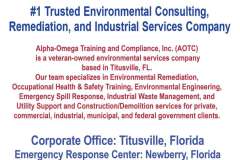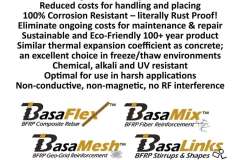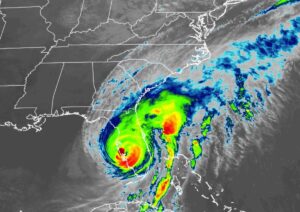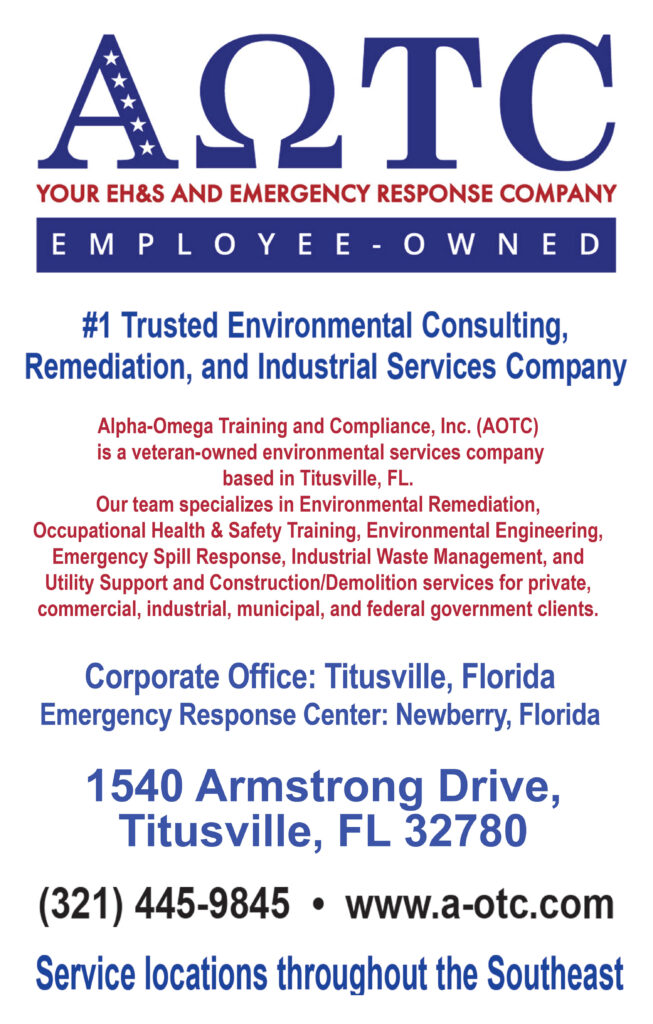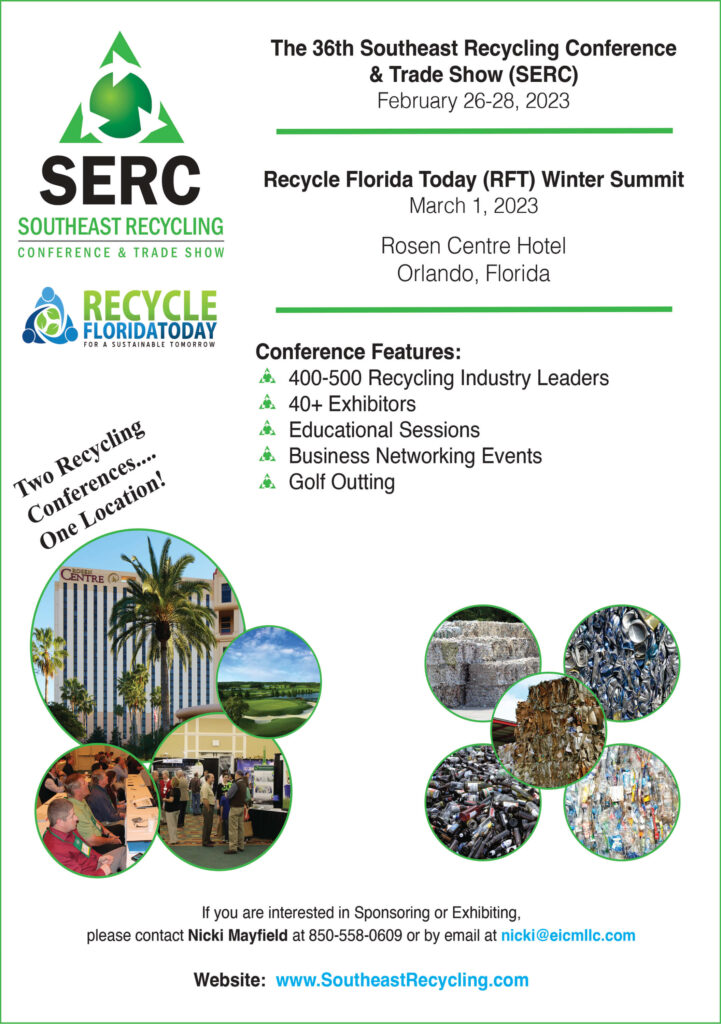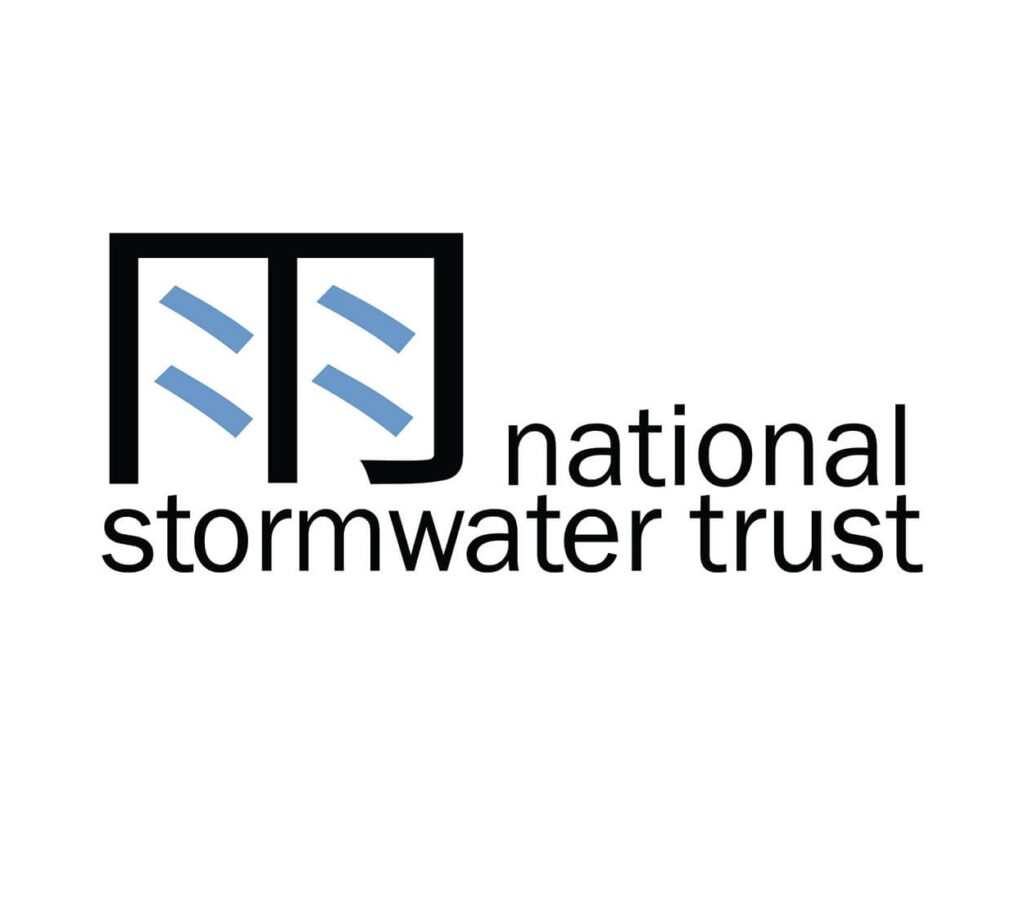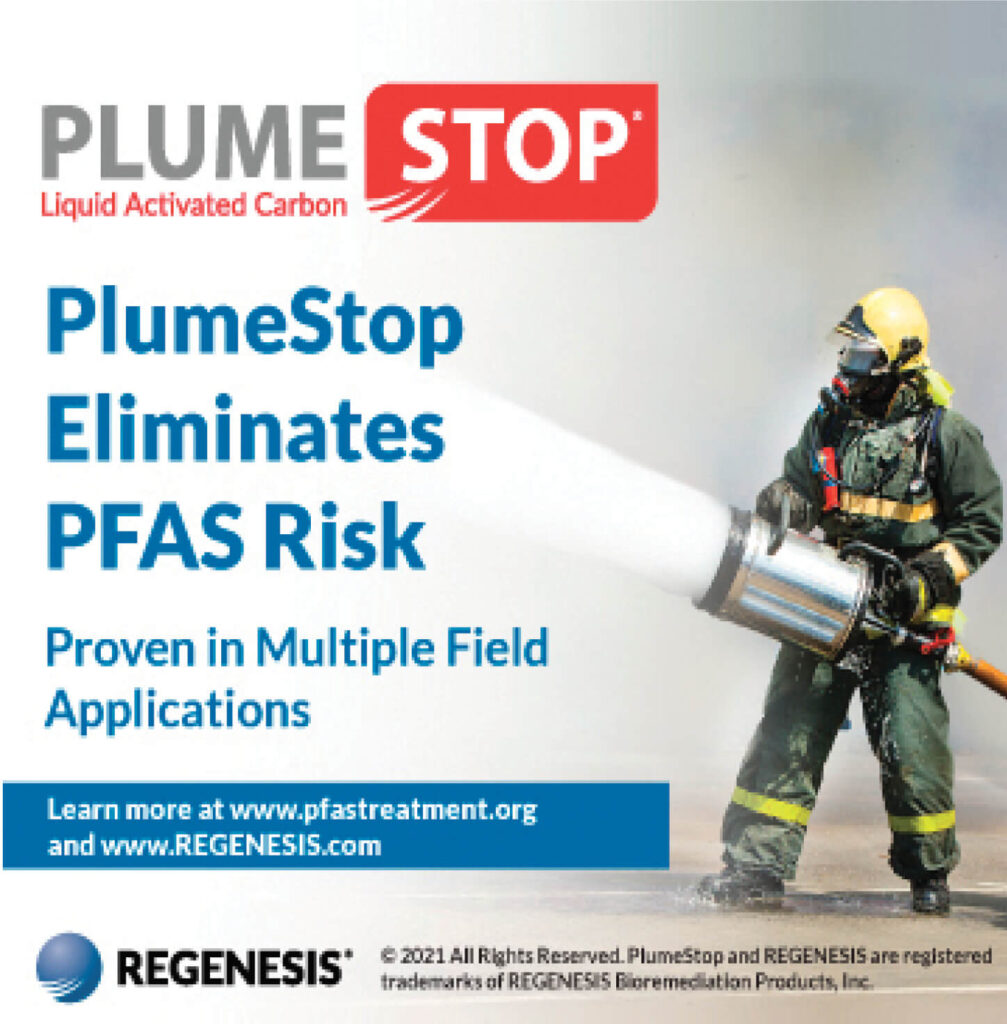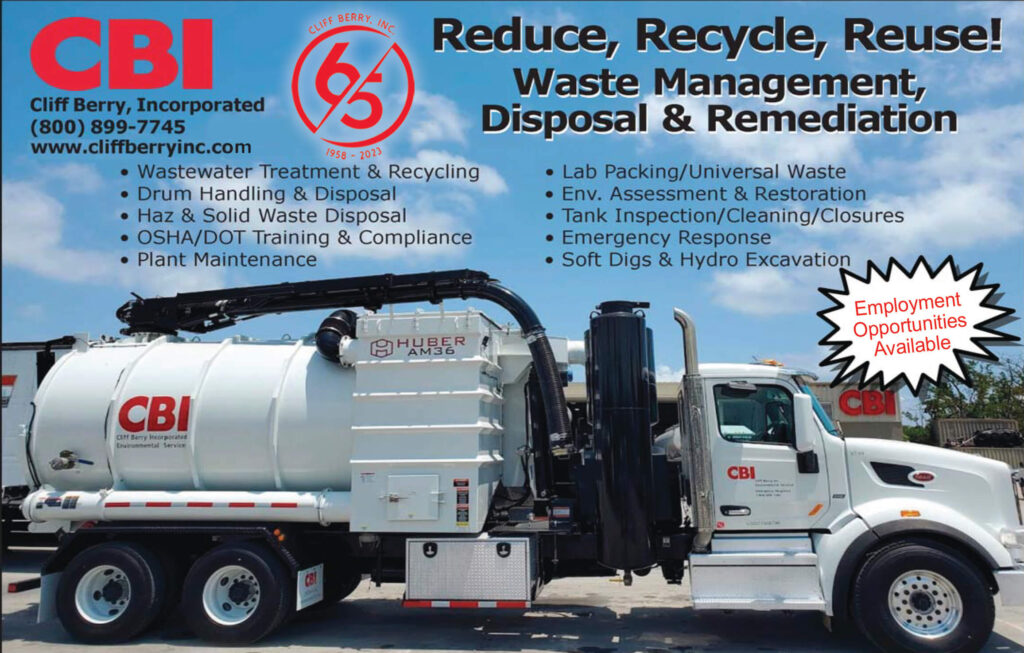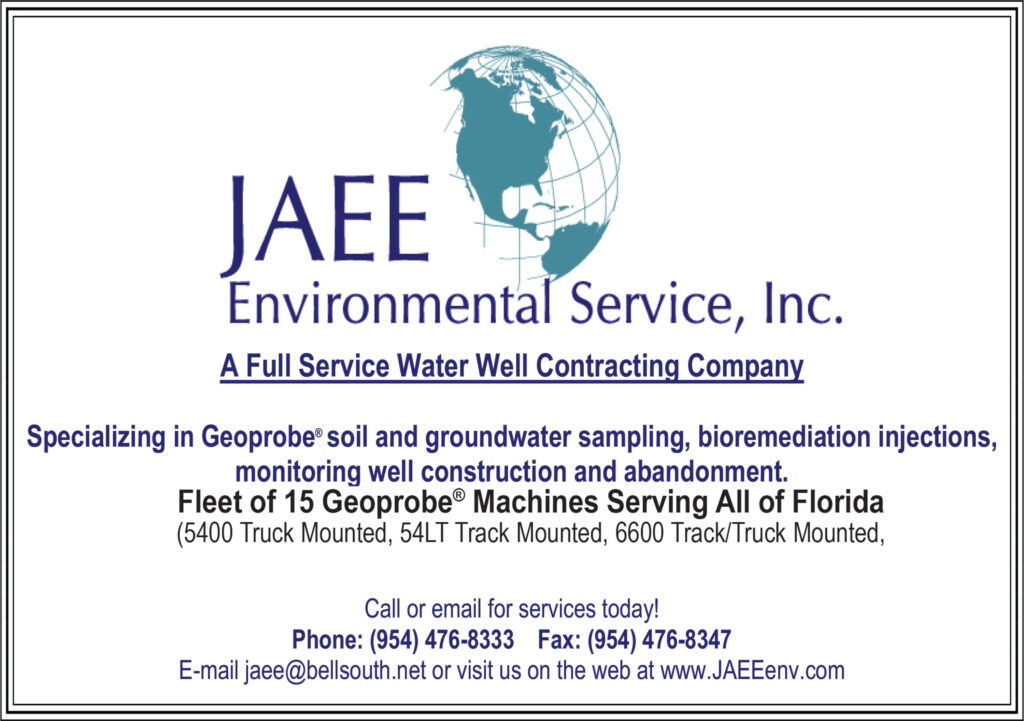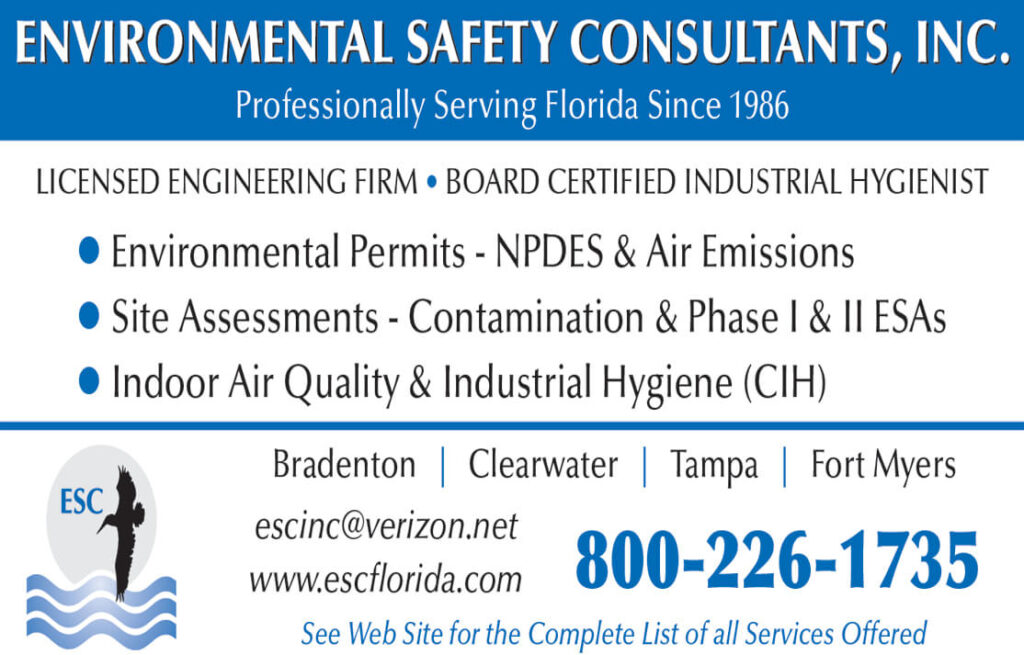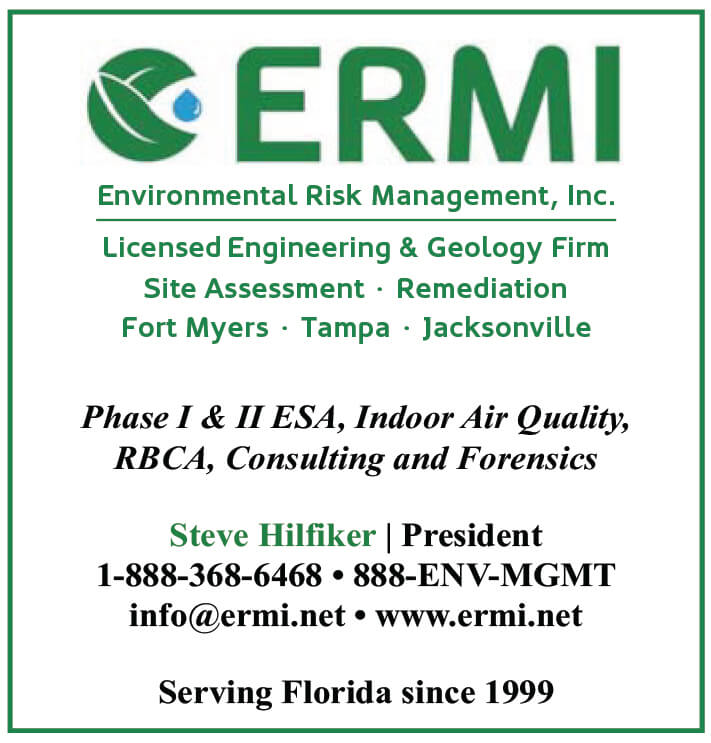By MAUREEN DOOLEY,
Vice President Industrial
Sector at REGENESIS
Remediation Solutions
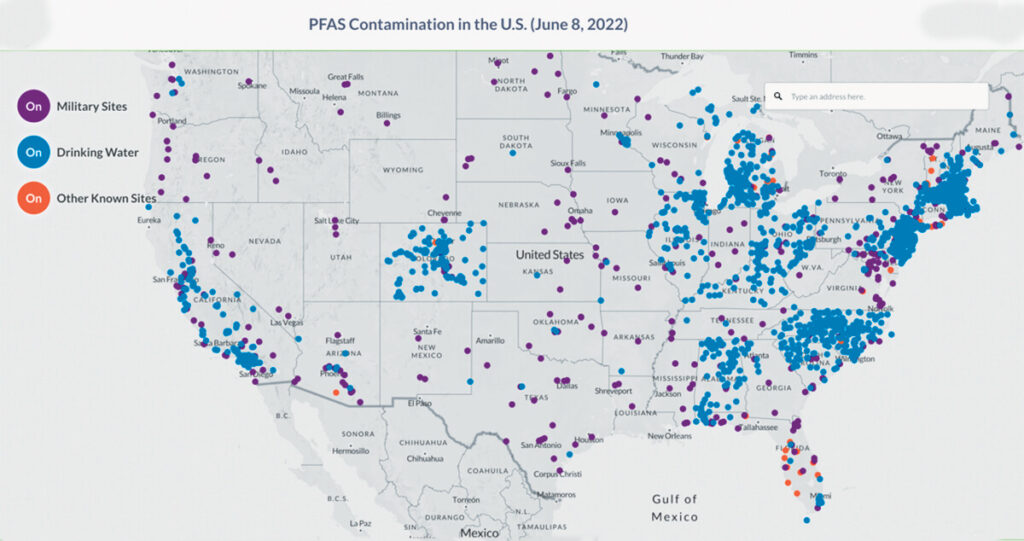
A recent Northeastern University study suggests more than 57,000 sites in the U.S. are contaminated by PFAS (per- and polyfluoroalkyl substances). According to the study’s authors, the “known PFAS contamination underrepresents the scope of contamination and is biased toward locations with rigorous testing programs.”
In Florida, the number of ‘known’ PFAS-impacted sites and water utilities appears to be underrepresented.
Other significantly less populated southeastern states like Alabama, South Carolina, and North Carolina report more PFAS impacts on drinking water than Florida (as of June 8, 2022), based on more recently reported sampling data from those states.
Recent federal and state regulations requiring sampling for PFAS at facilities suspected of handling the ‘forever chemicals’ are expected to accelerate further PFAS-contaminated site discoveries in Florida.
Among the most widely reported contamination problems are firefighting training and testing sites where aqueous film-forming foams (AFFFs) containing PFAS were routinely sprayed onto the surface, commonly in shallow, unlined burn pits or other designated areas.
Burn pits and other highly concentrated PFAS source zones are often exposed at the surface. Precipitation causes the chemicals to leach, moving the contaminants through the soil. Beneath many of these source zones, the underlying groundwater is impacted.
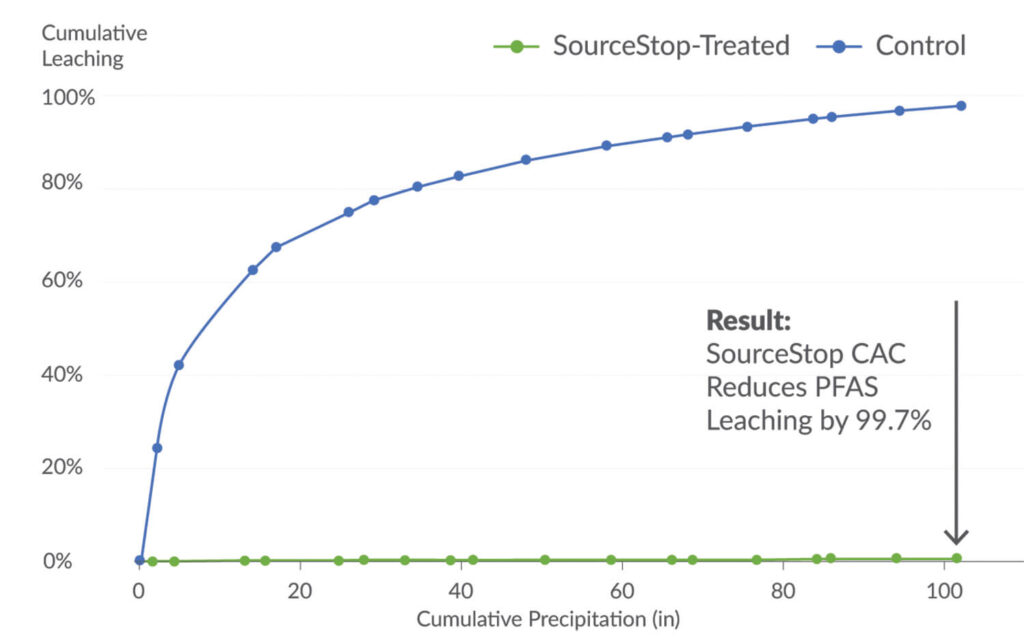
Some of the more problematic species of PFAS in AFFF, such as PFOA (perfluorooctanoic acid) and PFOS (perfluorooctanesulfonic acid), are readily transported in groundwater and can develop extensive plumes that threaten nearby drinking water sources.
As one of the country’s wettest and most densely populated states, containing some of the shallowest groundwater resources, Florida is uniquely vulnerable to AFFF source zone leaching.
Notable AFFF releases have impacted drinking water in communities like Stuart and Miami-Dade County and at numerous Department of Defense bases.
PFAS leaching study and an approach to prevent it
REGENESIS completed a study that simulates PFAS leaching caused by heavy rain falling onto exposed AFFF-contaminated soils and assessed the performance of a newly developed colloidal activated carbon (CAC) material designed to prevent it.
Control and CAC-treated test cells were constructed for the experiment, each with one kilogram of soil taken from an AFFF-contaminated site containing residual low-level PFAS. The upper 10% portion of each cell (i.e., 100 grams) was spiked with a legacy AFFF concentrate containing high PFAS concentrations.
In the CAC-treated cell, a thin layer of the CAC material (32 grams or 0.32% of soil weight) was added between the high- (i.e., AFFF-spiked) and low-concentration PFAS soil layers. A one-centimeter layer of coarse sand was added to the top of both cells to ensure the even, horizontal distribution of supplied rainwater.
Simulated rainfall was applied to the test cells at a rate of one-third inch per hour, two hours per day, three times weekly.
The cumulative total rainfall was 102 inches during the year-long study, representing a worst-case leaching condition.
The total exceeds the annual rainfall records set for Ft. Lauderdale and Miami in 2020.
Throughout the test, leachate water samples were collected periodically and analyzed for three of the most toxic and abundant PFAS in AFFF: PFOA, PFOS, and PFBS (perfluorobutane sulfonic acid).
On Sept. 6, 2022, the EPA published a Notice of Proposed Rulemaking (NPRM) in the Federal Register, designating PFOA and PFOS as Hazardous Substances under CERCLA (Comprehensive Environmental Response, Compensation, and Liability Act).
Study Results
The study results show that CAC reduced cumulative PFAS leaching by 99.7% relative to the control. Further, the control test cell shows that almost all PFAS added to the top 100g soil layer leached out during the simulated rain events, with most leaching occurring during the first 20 inches of rain.
This amount is equivalent to California’s total annual rainfall.
Leaching Study: Control Tests vs. SourceStop-Treated
Additional testing comparing CAC to commodity powdered activated carbon (PAC) revealed that CAC was 10 times more effective at preventing PFAS leaching. This result reflects CAC’s much smaller particle size (1 to 2 microns) and colloidal chemistry that initiate far more rapid and effective sorption than PAC.
In summary, the PFAS leaching study shows that:
1. Untreated, naturally occurring soils encountered at most sites will readily leach PFAS when exposed to precipitation.
2. When a thin coating of Source-Stop CAC material is applied to soils at the base of an AFFF source zone, PFAS are sorbed strongly, reducing their leaching through the vadose zone by 99.7% under simulated extreme precipitation conditions.
3. SourceStop is 10x more effective at preventing PFAS leaching than commodity PAC.
Conclusion – New CAC Material Part of Comprehensive PFAS Treatment Approach
The new CAC material below PFAS sources is typically combined with in situ (i.e., in place) mixing of soil stabilization and solidification amendments in near-surface soils or surface capping (e.g., concrete, asphalt, compacted clays) to reduce soil permeability.
At many sites, groundwater plumes have formed, extending downgradient from the source zone. In these cases, PFAS source zone treatments are paired with permeable barriers using PlumeStop, another proprietary form of CAC proven to remove PFAS from groundwater and stop plume migration.
Together, these engineered CAC remedies, backed by the PlumeShield performance warranty program for qualifying sites, create a highly effective PFAS source-plume treatment system that offers long-term solutions (i.e., decades to centuries) for preventing PFAS exposure risk.
These CAC treatments are available to prevent further impacts to Florida’s groundwater and drinking water resources.●
Maureen Dooley is Vice President Industrial Sector at REGENESIS and can be emailed at mdooley@regenesis.com.


